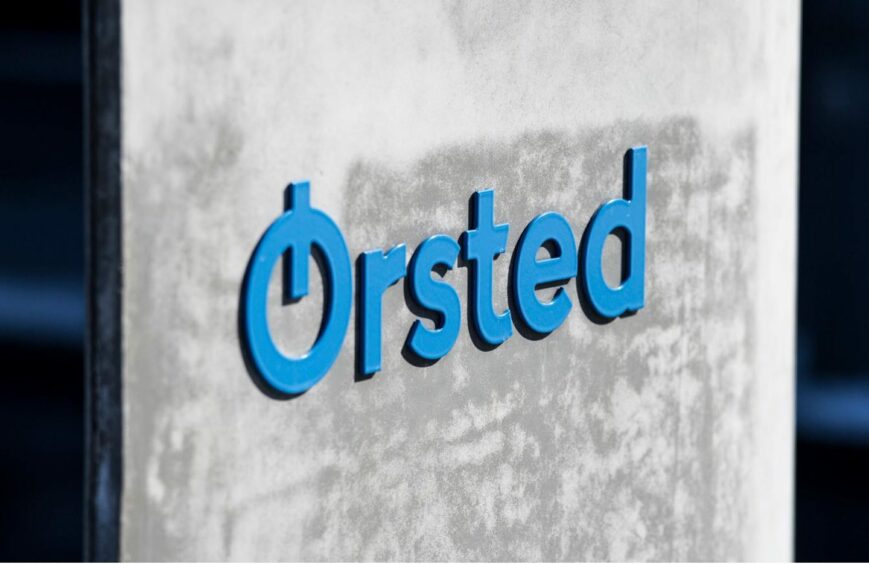
Danish energy developer Ørsted (ORSTED.CO) reported pre-tax profits of 893 million DKK (£101m) for the second quarter, as delays to key projects and “ineffective” hedging offset a rise in revenue.
Reporting both second quarter and first half-year results for 2022 on Thursday, Ørsted said pre-tax profits fell 84% on the same period last year.
The group said the decrease was primarily due to the prior gain from a 50% farm-down of its Borssele 1 & 2 offshore wind projects and higher depreciation due to having more assets in operation.
Revenue during the quarter nearly rose to nearly double that of Q2 2021, reaching 26 billion DKK (£2.9bn), buoyed by higher earnings from both offshore and onshore generation.
This was offset by “overhedging and ineffective hedges” across the company’s offshore portfolio through Q2. Ørsted said it usually hedges up to five years ahead and often uses proxy hedging – hedging one commodity or currency contract with a contract for a different commodity or currency – to match its exposure.
During normal pricing levels, the impact of this is “insignificant”, however due to the skyrocketing energy prices and volatility of this year it said “a larger part” of its trades are being deemed ineffective under standard accounting metrics.
Ørsted said it has recognised the negative market value of these ineffective hedges in its EBITDA figures for its offshore and bioenergy units.
It also pointed to “later than expected commissioning” of turbines at its key Hornsea 2 development off the Yorkshire coast, and slightly lower than normal wind speeds.
Nevertheless, it said all wind turbines at the site have now been “fully commissioned” and are commercially operational, and it expects full commissioning of the project “later this month.”
It also noted that due to its refusal to pay in roubles, Gazprom Export suspended deliveries to Ørsted under its gas sourcing contract as of 1 June.
Ørsted said it had “prepared for such a scenario” and has been able to continue to supply gas to our customers through the European market. It currently has no hedges related to the Gazprom Export supply contract.
Group president and CEO Mads Nipper said he was “very pleased” with the “strong set of results” for the first half of the year.
“We were awarded a contract for the world’s single biggest offshore wind farm, Hornsea 3 in the UK, with a capacity of 2,852 MW. With this significant win and maturation of other offshore projects, we’re well on track to achieve our target of 30 GW offshore wind by 2030,” he added.
“In general, we’ve seen positive market development during the first half of 2022. Both the EU and the US have presented very ambitious plans to accelerate the build-out of renewable energy, which ensures a strong platform for continued growth within the development of renewable energy.”
Looking ahead, the company increased its EBITDA guidance by DKK 1 billion, to a total of DKK 20-22 billion – excluding earnings from new partnerships.
Recommended for you
